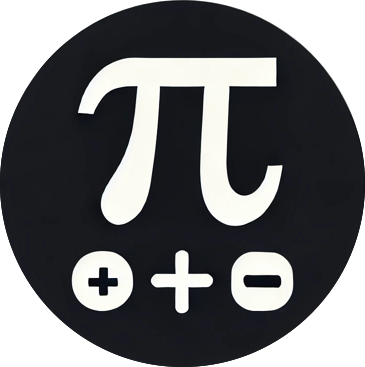Purpose
This site was created to explore the relationship between computer programming languages, modern processors, and the mathematical constant π, all through the lens of artificial intelligence.
Inspiration
In the early 1980s, the creator of this site, then a middle schooler, visited a neighbor whose older brother was in high school. Curious, he asked, “What are you doing?” when he saw the brother using an Apple II computer. The brother replied, “Calculating π to 100 decimal places. It will take a couple of days.” Remarkably, the computer even had a fan taped to it to keep it cool during the long process.
This childhood experience left a lasting impression, and nearly 40 years later, the site’s creator used AI to revisit and explore what his friend’s brother had been doing.
More Details
The mathematical constant π has been the subject of exploration for centuries. PI is an irrational number. You can’t just divide 22 by 7 and get an accurate calculation of this of PI. Before the advent of computers, early researchers dedicated years to calculating π to just 5 or 10 digits of precision. The introduction of computing power revolutionized this process and enabled much more complicated mathematical approaches. This also shifted modern efforts toward setting “World Records” for the highest number of digits. However, that is not the focus of this site.
The content and tools on this site were developed using generative AI, harnessing modern programming languages and precision libraries to create programs focused on generating π and exploring its relationship with modern computer processing architectures. While our downloads section includes some files, these are primarily provided as examples.
This site encourages visitors to use the AI-generated source code and prompting logs as a foundation for further building and exploration. Additionally, we invite visitors to leverage AI in their own explorations of π. One such exploration we conducted examines the assertion that π “never enters a repeating pattern.”
The C programming language was chosen for this site because of its performance, ease of compiler setup in Linux, and strong support for precision math libraries. However, thanks to generative AI, these programs can also be created in Python, Julia, or nearly any modern programming language.
The creator of this site is not a mathematician. Though proficient in Linux, it has been almost 25 years since he programmed professionally in C. The creator is proficient in software requirements gathering, design, and quality control. Like many, his generative AI prompting skills are a work in progress.
The Irony
The original Apple II story took place in the early 1980s, a time before libraries for calculating π on computers had been published—these wouldn’t emerge until 1988, with precision math libraries like GMP not being released until 1991. The irony of the story is that the friend’s brother, who was manually calculating π, was ahead of his time. He would go on to work as a safety engineer on groundbreaking projects with Boeing Space, Loral, SpaceX, and more.
